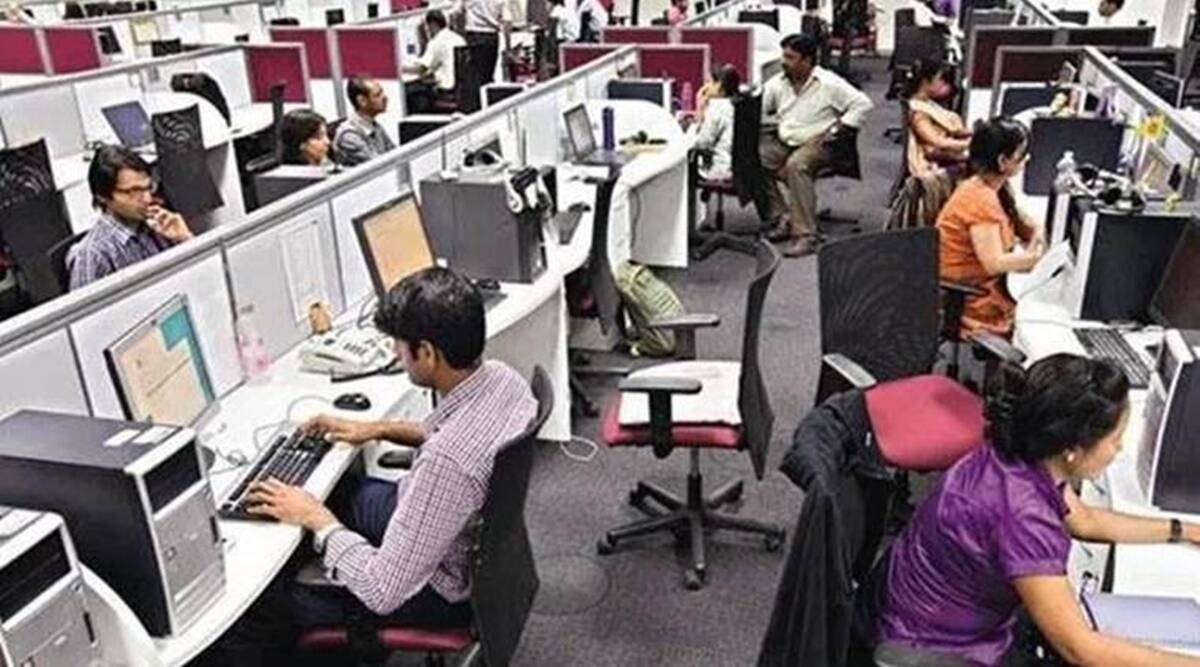Palo Alto Networks’ chairman and chief executive officer (CEO) Nikesh Arora believes “it’s India’s moment.” India, the world’s fastest-growing major economy, offers global businesses “a trusted partnership,” according to John Chambers, the former chairman and CEO of Cisco Systems. Adobe’s CEO and board chair, Shantanu Narayen, has called India “very big part” of the company’s global strategy.
Some Silicon Valley CEOs have vouched for India’s potential to become a major investment destination in the coming years as Indian policymakers go all out to attract foreign businesses.
At the conclusion of a series of one-on-one and group meetings with commerce and industry minister Piyush Goyal here late on Monday, they endorsed the minister’s call to global businesses to “invest in India now.” Furthermore, they offered a wide variety of recommendations for developing the India plot.
Also Read: Google, Microsoft and 15 other technology companies headed by Indian-origin executives
Chambers, who is also the chairman of the US India Strategic Partnership Forum (USISPF), predicted that India’s GDP is “well within the reach of $5 trillion” and that it would remain the world’s fastest-growing economy over the next decade. Adding, “And India offers a trusted partnership at a very important time, because China is losing that trust,” he argued that India could fill China’s void as a reliable partner. So, “everything,” as Chambers put it, “offers an opportunity for India to lead,” including start-ups, investments in manufacturing, and semi-conductors.

Narayen of Adobe has announced expansion in the cities of Bengaluru and Noida. “India remains a tremendously important area for us,” he added. The almost complete absence of private capex on the domestic front in recent years was mitigated to some extent by increased foreign investments. When the United States and the European Union are both in recession, as they currently are, it is especially pertinent to make a fresh case for foreign investment.

The war in Ukraine has changed the trajectory of global supply chains, and China is experiencing a sharp slowdown in growth. These factors will have a chilling effect on FDI flows around the world, benefiting only the economies that have weathered the external storm the best. India, which has seen moderate economic growth recently, can take advantage of the situation if it adopts the appropriate policies.
Also Read: 8 states join DOJ lawsuit accusing Google of monopolizing online advertising space
The IMF expects India’s economy to grow by 7.4% in FY22, which is significantly higher than the 3.3% growth rate it anticipates for China. Gross FDI inflows into India reached an all-time high of $83.6 billion in FY22, but the year-on-year increase slowed to just 2% from 10% the year before, in part due to an unfavourable base. Foreign direct investment (equity) into the sector increased by 76% to $21.3 billion in the last fiscal year.
According to Goyal, investors have been receptive to PLI schemes and the $10 billion semiconductor incentive programme. According to him, “there was a lot of interest about knowing potential locations for the semiconductor industry to locate in India,” and many creative suggestions were made.
We welcome your suggestions; the government is progressive. We are already looking into some additional industries that might benefit from the scheme,” he said. When asked about the feedback he received, Goyal mentioned that one company interested in investing in India brought up the issue of direct selling rules in the Consumer Protection Act. The minister said, “So, I have assured him I will look into that, and we will try to resolve that very soon.” In order to “handhold and navigate investors through the journey in India,” as one investor put it, there were some suggestions made.
Also Read: 2024 Polestar 2 Gains Additional Horsepower and 400-Mile Range









